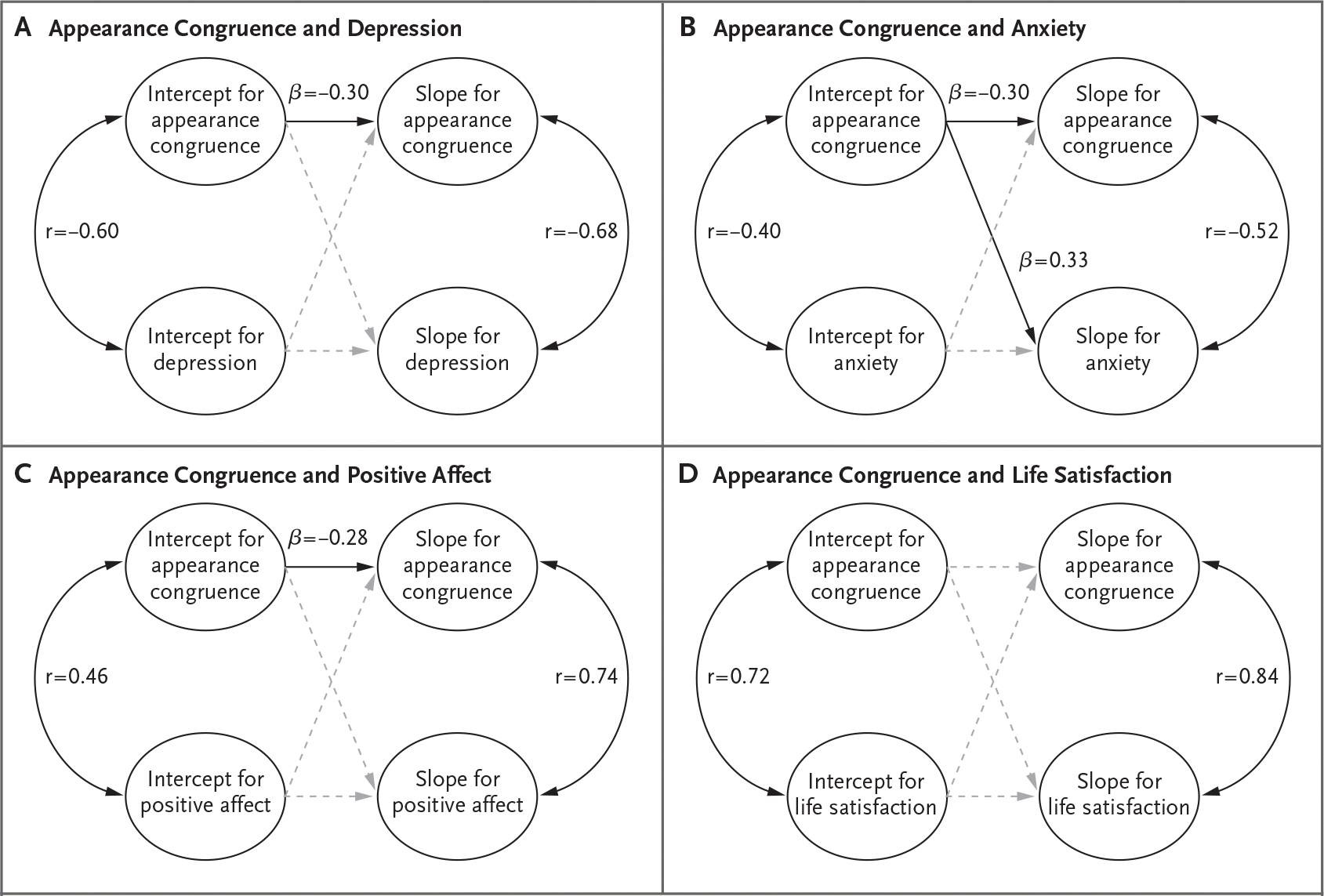Figure 1. Appearance Congruence and Depression, Anxiety, Positive Affect, and Life Satisfaction.

Parallel-process latent growth curve models are depicted. A linear latent growth curve model was fitted for each outcome, with model-based estimates of baseline scores (intercept) and rates of linear change over time (slope). Parallel-process models can provide tests of how aspects of trajectories relate to each other. Each panel provides estimates for correlations between baseline scores of appearance congruence and each outcome (intercept correlations, arcs displayed on the left side of each panel), correlations between rate of change of appearance congruence and rate of change of each outcome (slope correlations, arcs displayed on the right side of each panel), and effects of baseline scores on slopes (straight lines in the middle of each panel). Solid black lines and arcs indicate significant effects (confidence intervals for variable estimates do not contain 0); nonsignificant effects are shown with dashed gray lines. All models were controlled for age, designated sex at birth, racial and ethnic identity, and early gender-affirming care (not shown for ease of interpretation).
